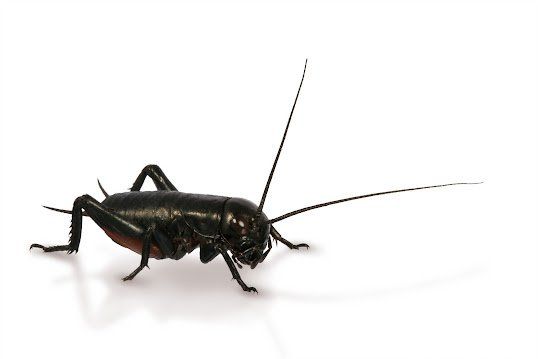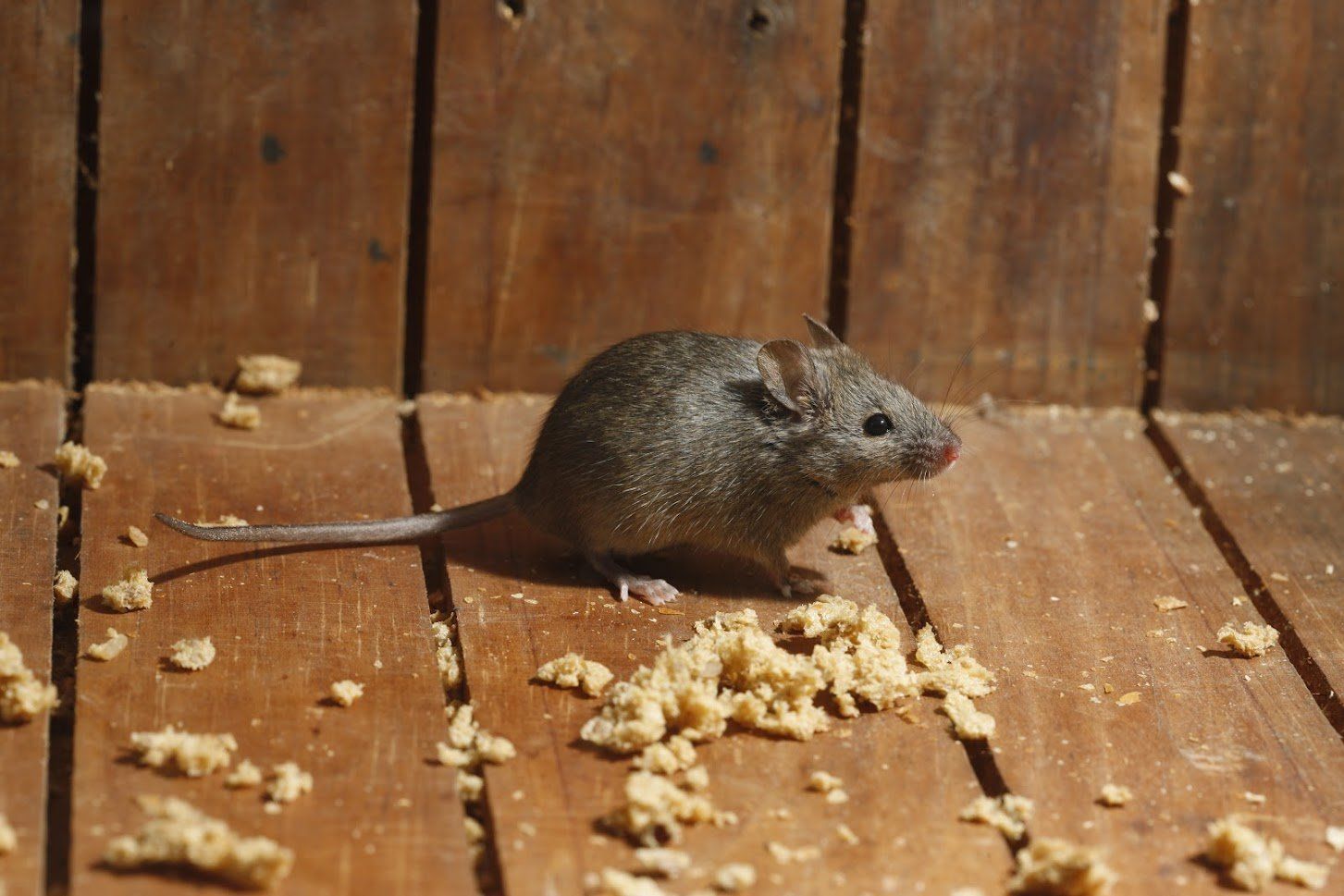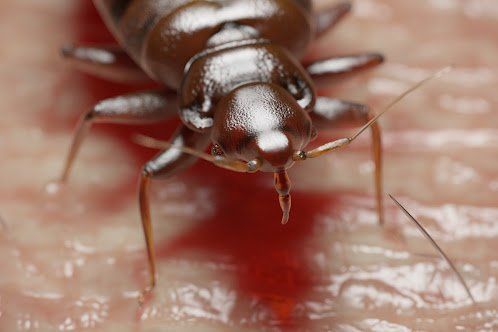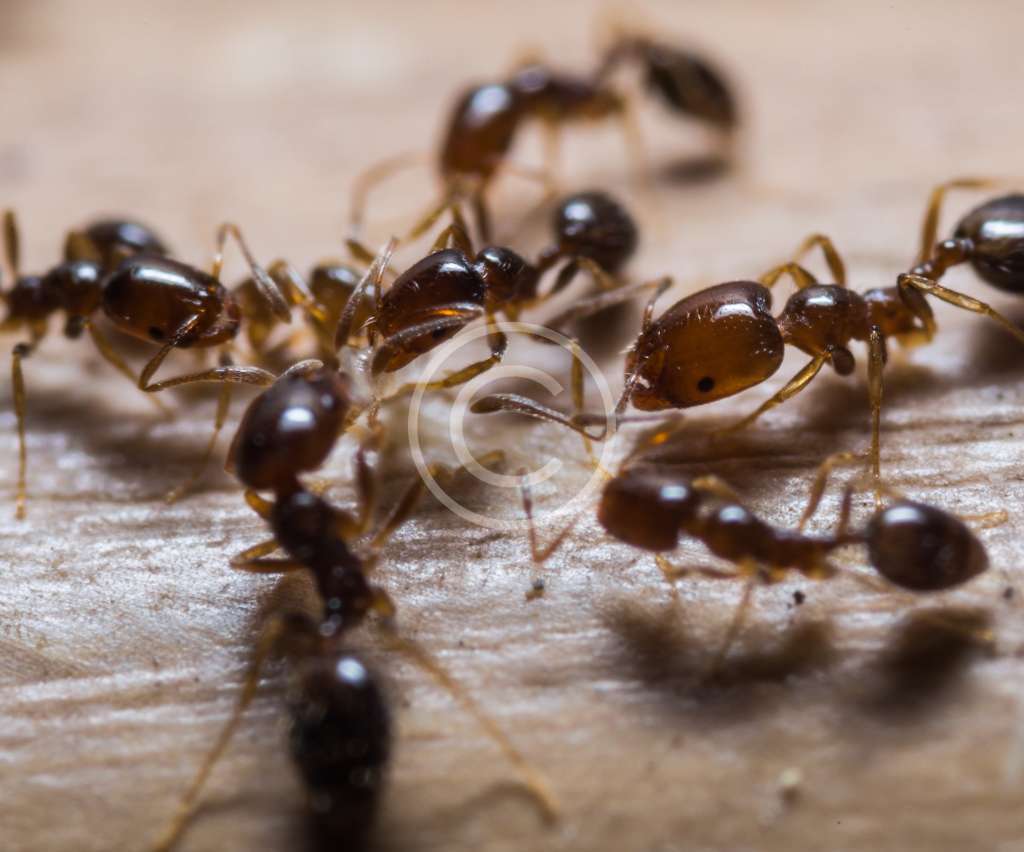Crickets may seem charming enough as cartoon characters, but in real life, they can quickly turn into a major nuisance. These common insects can congregate in large groups, making lots of noise, leaving behind worm-ridden feces, and attracting other pests interested in feeding on them.
If you find yourself surrounded by crickets on a seasonal basis, you’ll want to learn more about these uninvited guests so you can take the right steps to rid yourself of them and keep them from becoming a problem again. Take a look at the following four key important tidbits of information about crickets.
1. Your Home Can Host Several Kinds of Crickets
All crickets may appear more or less the same to homeowners who merely see piles of bugs clustered in or around their property. In reality, different types of crickets frequently visit Texas homes. The main three types of crickets you might encounter include field crickets, house crickets, and camel crickets.
You can’t necessarily predict a cricket’s behavior by its name. For instance, field crickets frequently find their way into homes, while house crickets prefer outdoor environments to indoor ones. However, these pests accept any environment that offers moisture and warmth, often moving indoors to avoid extreme outdoor temperatures.
Crickets gravitate toward damp, warm areas like basements, garbage piles, kitchens, and bathrooms. They may nestle in compost heaps or beneath logs and other outdoor features. Cricket populations tend to lie dormant during daylight hours and grow active at night, with the most activity occurring in the summer and fall months.
2. Crickets Can Cause Problems for Homeowners
Because crickets dine on other insects (including, in some cases, their fellow crickets), you might assume that they offer some benefits to your home. Unfortunately, their diet doesn’t limit itself to other pests. Crickets will eat almost anything, from paper and wood to fabrics, leather, and other household materials.
If you have a cricket problem, you may also develop other pest problems. Rodents, lizards, birds, and larger insects like to feast on crickets, meaning that a significant infestation will attract these other problematic creatures to your property.
Thankfully, crickets can’t impart diseases to humans through bites or stings, as some other insects can. However, the feces they leave can harbor parasitic worms. If these worms make contact with your skin, they can cause rashes, sores, and other uncomfortable health problems. Their loud nighttime chirping may also keep you awake.
3. Pest Control Technicians Can Eliminate Cricket Infestations
A skilled pest control team can combat cricket infestations in a few different ways. Your pest control team can need to eliminate an active cricket problem by laying down traps to capture and kill the insects. Bait products can poison cricket populations who share the bait as food, while sprays can create an anti-cricket barrier.
Moisture reduction may also prove crucial in your fight against invading crickets. Your pest control technicians may recommend that you install a dehumidifier to dry out the ambient air, improve ventilation in damp spaces that receive little airflow, and seal obvious entry points to your home such as walls, doors, or window gaps.
4. Smart Preventative Measures Can Help Keep Crickets at Bay
Once you’ve eliminated your latest cricket problem, you can adopt a preventative plan to help discourage them from coming back. In addition to maintaining your indoor moisture control, you should clean your home regularly and thoroughly to remove any unhatched cricket eggs. Don’t leave pet food or water out for long periods.
If your home has turned into a hotel for masses of chirping, unsightly crickets, turn to the professionals at EcoNet Pest Control. Our pest control technicians can get rid of those crickets (and many other common household pests) using environmentally friendly techniques. Contact us today to schedule our services.













